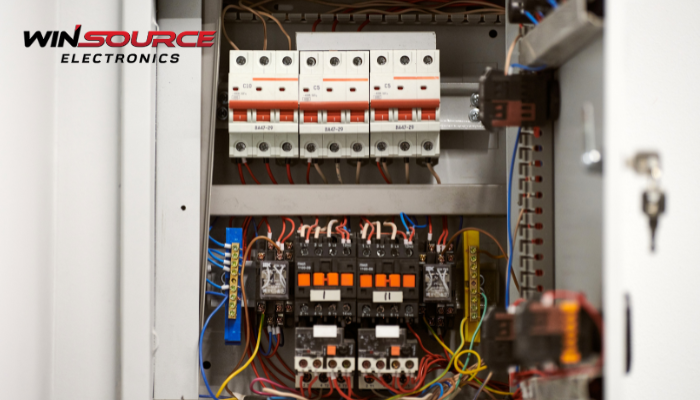
* Question
What are the relay transmission strategies in the two-way relay system?
* Answer
In a two-way relay system, two terminal nodes (commonly denoted as Node A and Node B) exchange information through a relay node. Unlike conventional one-way relaying, both nodes can benefit from bidirectional communication that improves spectral efficiency, latency, and throughput.
The main relay transmission strategies can be categorized into three types:
1. Traditional Four-Slot Relay Strategy
This is the most fundamental and straightforward relay approach.
The entire communication is divided into four time slots:
Node A transmits data to the relay.
The relay forwards A’s data to Node B.
Node B transmits data to the relay.
The relay forwards B’s data to Node A.
While this method ensures reliable communication, it suffers from low spectral efficiency since each message exchange requires four separate transmissions. As a result, it introduces higher latency and consumes more bandwidth.
2. Link-Layer Network Coding (LLNC) Relay Strategy
To reduce transmission time, the link-layer network coding approach introduces packet-level coding at the data link layer.
Here’s how it works:
The relay receives data packets from both Node A and Node B in two separate time slots.
It performs bitwise XOR network coding on the received data.
The relay then broadcasts the combined packet to both nodes.
Each node can retrieve the other’s message by XOR-decoding it with its own transmitted packet.
This approach decreases the number of time slots from four to three, thus improving bandwidth efficiency while maintaining a moderate implementation complexity.
3. Physical-Layer Network Coding (PNC) Relay Strategy
The physical-layer network coding (PNC) strategy further enhances efficiency by operating directly on the superimposed signals received at the physical layer.
During the first time slot, both Node A and Node B transmit simultaneously to the relay. The relay receives a composite signal that represents the combination of both transmissions.
Instead of decoding each message separately, the relay applies a denoise-and-forward (DAF) or analog network coding process to map the superimposed signal to a network-coded version.
In the second time slot, the relay broadcasts this processed signal to both nodes, enabling each node to decode the other’s data using its own transmitted information.
This two-slot process achieves theoretical doubling of spectral efficiency compared with the four-slot strategy, making PNC a key enabler for next-generation wireless cooperative and 5G/6G relay networks.
Summary Table
Strategy | Time Slots Required | Efficiency | Implementation Complexity | Typical Use |
Four-Slot Relay | 4 | Low | Simple | Legacy or baseline systems |
LLNC Relay | 3 | Medium | Moderate | Link-layer optimization scenarios |
PNC (DAF) Relay | 2 | High | Complex | Modern high-throughput relay networks |
Conclusion
Among the three, the Physical-Layer Network Coding (PNC) strategy offers the most significant performance improvement, reducing delay and maximizing bandwidth utilization. As modern communication systems evolve toward massive connectivity and low-latency architectures, PNC-based Denoise-and-Forward (DAF) schemes are increasingly adopted in cooperative relaying, IoT backhaul links, and next-generation wireless infrastructure.

COMMENTS